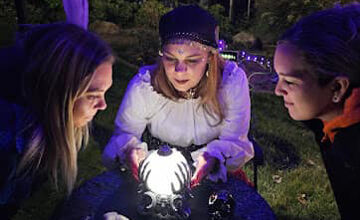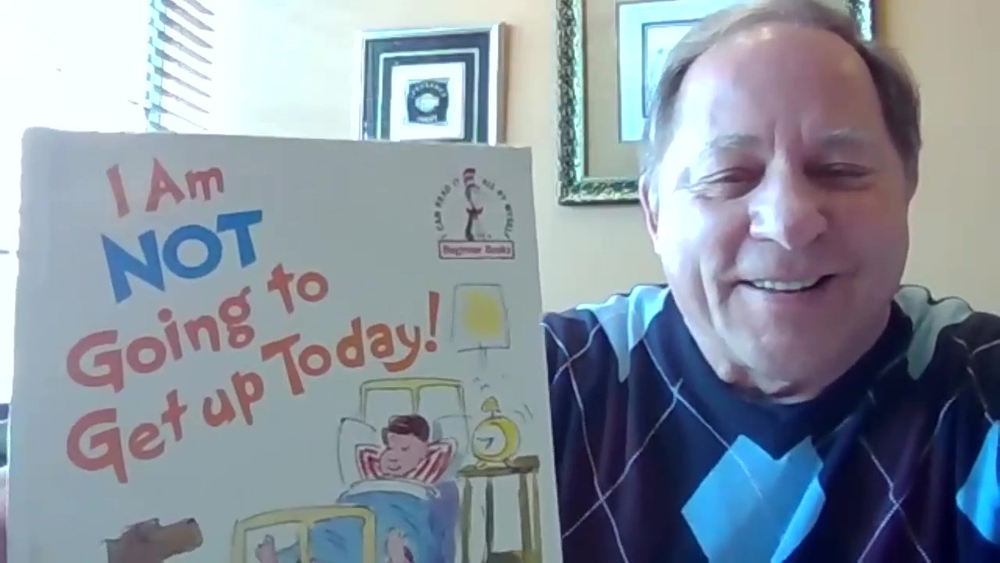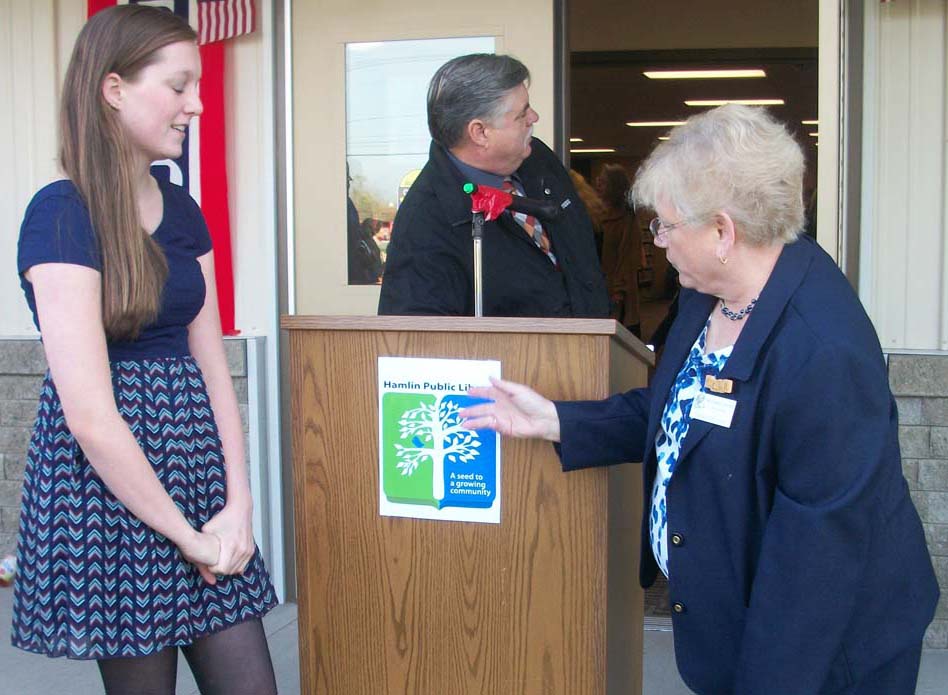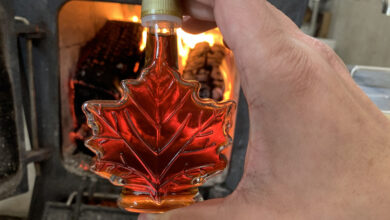Chili celebrates 190th “Will the Meeting Come to Order”
It was April 2. The year was 1822. And something new and ground-breaking was about to happen in the Town of Chili. By an act of the New York State Legislature six weeks prior, Chili was separated from the Town of Riga (Chili was known previously as East Riga and also Hanover). Now it was its own entity. On this particular spring day, residents were responding to the invitation to convene for their very first town board meeting. They were arriving at James Coleman’s house in Buckbees Corner which was situated in the northwest corner of Braddocks Road (Union Street) and Chili Road (Chili Avenue). This was catty-corner across the street from the present day Byrne’s Dairy.
The hour was 9:00 in the morning. This was good because it gave the farmers a chance to do their early morning chores. This was not just any meeting but the first “official” assembling of a brand new government. However, getting to Coleman’s house proved to be most difficult. This spring, the torrential rains and the melting snows of a brutal winter rendered many pathways nearly impassible. No bridge existed over Black Creek at Union Street, which meant that wagons and horses had to ford the creek. The settlers in South Chili and the Clifton area either had to have the fortitude to challenge a raging creek or find other trails. And it was no better in North Chili where the marshy wetlands near Campbells’ Corner (by the Olde Stagecoach Inn on Buffalo Road) deceived travelers because the water spread over such a wide area. They must have wondered, “Just where is the road?” Likewise, the swirling current of Mill Creek to the east gave pause to those who needed to travel. And yet, even with Mother Nature calling the shots, a great many residents, imbued with true Yankee spirit, prevailed.
Coleman’s voice barked, “This meeting will come to order!” His house also served as a tavern and had a few more chairs than usual so the group found seats, but most stood.
“We’re here to elect a supervisor, an assessor, a constable and highway overseers or pathmasters,” he continued. “Who do you want as your supervisor?”
The man who seemed to suit most was Joseph Sibley, a distinguished gentleman and a prosperous mill owner. Later on he would build a gracious cobblestone house near his mill on Stuart Road. The Dillenbecks own this prestigious home today. Joseph Sibley was elected Chili’s first supervisor.
The constable’s position was quickly filled. Though his name has faded into history, the account revealed that the residents wanted a large imposing man who could command respect from any whose deeds were suspect. His house needed a “secure” room which would hold the miscreant until trial by a visiting judge. It was a position of power beyond what we expect from a peace officer today, but one that the community seem to appreciate.
Next came the positions which held the most individual responsibility. Chili was divided into 31 districts of roads and bridges. Each pathmaster or highway overseer had to maintain roadways by keeping them as clear as possible. If a bridge fell apart, the person in charge was heavily fined and his reputation could suffer. Being a pathmaster was a position of honor but it could also bring shame if that person was derelict in duty. Roads in the 1800s were rugged and rough. But to be able to keep one smooth and navigable was a credit to one’s name.
District # 1 was Joseph Morgan’s territory near Scottsville Road. Morgan was the first settler in Chili in the late 1790s. Captain John Wetmore who fought in the War of 1812, and financed the Olde Stagecoach Inn in North Chili, made sure those roadways were acceptable. That is, unless stormy spring rains and melting snow pack caused ruts so deep that wheels could crumble and disappear. The groaning of the horses was a testimony that not enough attention was given to road surfaces. Another captain in the War of 1812 was Elias Streeter who maintained District # 17 around his home on Union Street in south Chili near Morgan Road. His house still stands today as a museum – Streeter’s Inn.
Pathmasters knew they had to answer to their neighbors. Grain had to get to mills, supplies had to be transported, midwives needed to get to the new mother and teachers needed to get to their charges. And of course, Aunt Harriet wanted to hitch Ole Dobbin to the buckboard so she could travel to wherever the centers of gossip and family news were.
When the meeting finally was concluded, did those hearty souls depart for home sensing that this had been a momentous and historic event on April 2, 1822, a springboard for a new town called Chili? Or were they just anxious to get back to running the farms and providing for their families? No record exists that gives us a clue. Perhaps it was a mixture of both.





